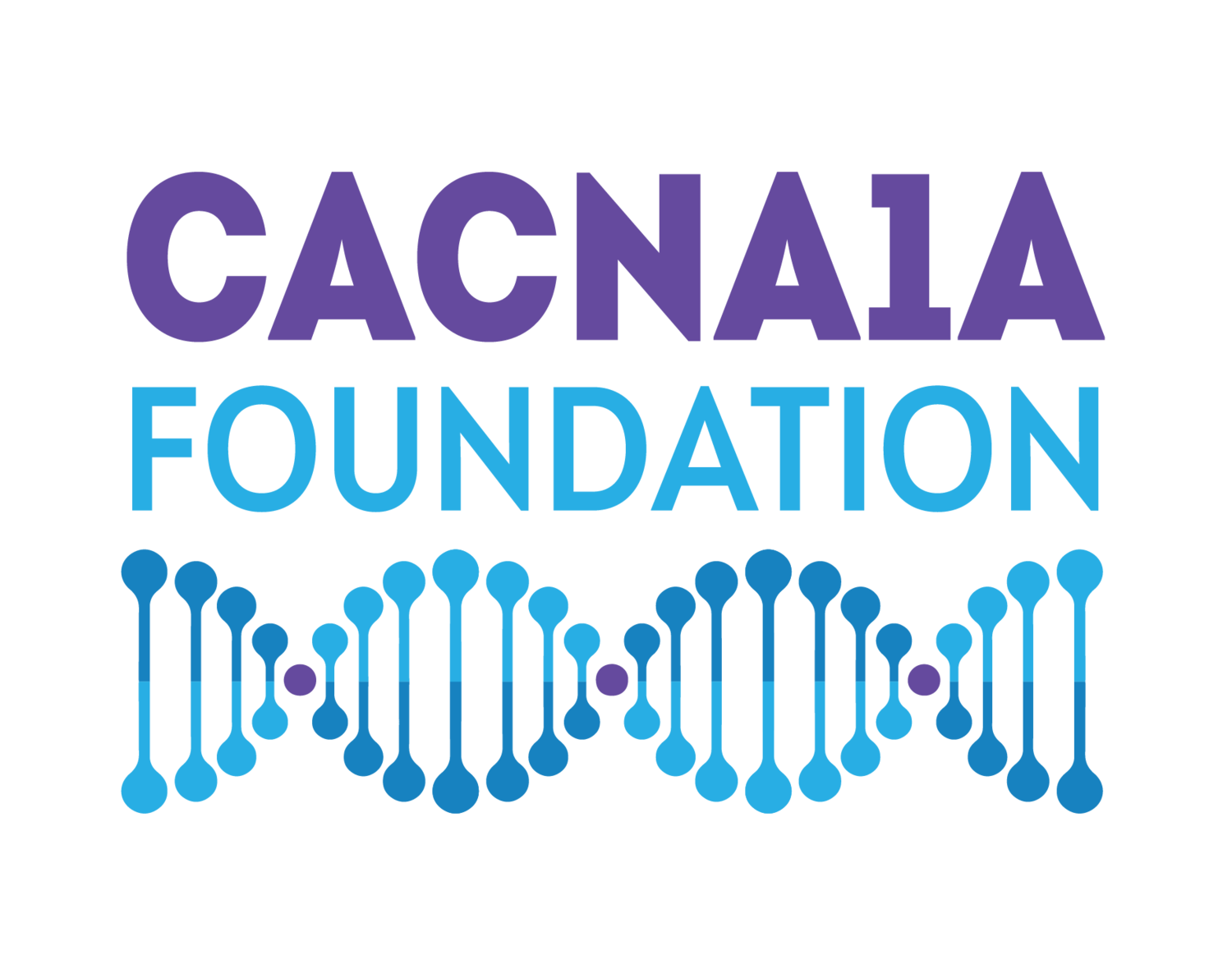CACNA1A-Related Hemiplegic Migraine Action Plan
CACNA1A-related Hemiplegic Migraine is a medical emergency that requires immediate treatment to prevent permanent damage, or even death.
It should be treated with the same sense of urgency as a seizure.
-
A hemiplegic migraine action plan contains guidelines on how to respond during an event. It includes health and medical information specific to the patient and guides the emergency department in the appropriate actions to take.
Patients with a history of hemiplegic migraine or with a variant known to be associated with hemiplegic migraine should have a written action plan. Patients or caregivers and their neurologist should discuss and develop the plan together. It is important for the plan to be clear and concise because it may be utilized under very stressful situations and by individuals who may not know the patient.
A copy should be kept with the patient at all times. Many families have a hospital “go bag” which includes a laminated copy of their emergency plan and anything needed for an overnight hospital stay. Families may forward a copy of their emergency plan to their local hospital to be kept in the patient’s file at all times. -
-Name of the patient, current age and diagnosis
-Emergency contact information
-Neurologist contact information
-Height and weight
-Listing of daily medications and doses
-List of drug allergies or medications the person should not take
-How to identify a hemiplegic migraine (if known, how the patient’s HM presents)
-What rescue medications should be administered, when, and dosage. Can a second or third dose be given?
-Instructions for scans (MRI, CT) and labs -
The resources on this page are evolving as our panel makes progress on a consensus for treatment guidelines. Given the potential consequences of CACNA1A-related hemiplegic migraines, we felt a sense of urgency to provide an immediate resource for families and their physicians. Please return to this page for updated guidelines and additional resources in the near future. The contents of this guide are not intended to substitute for professional medical advice, diagnosis or treatment. Please consult your physician for personalized medical advice.

